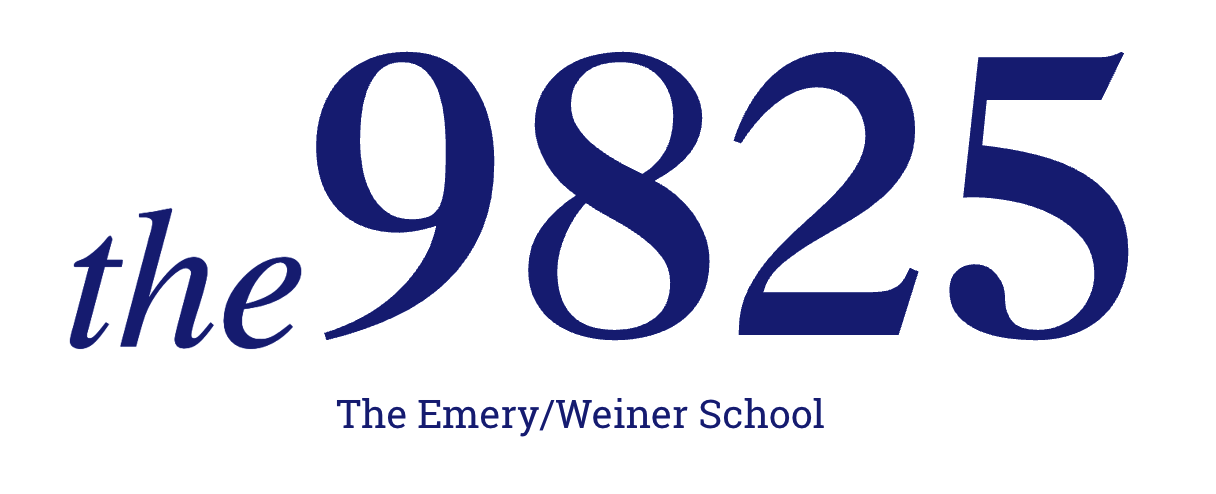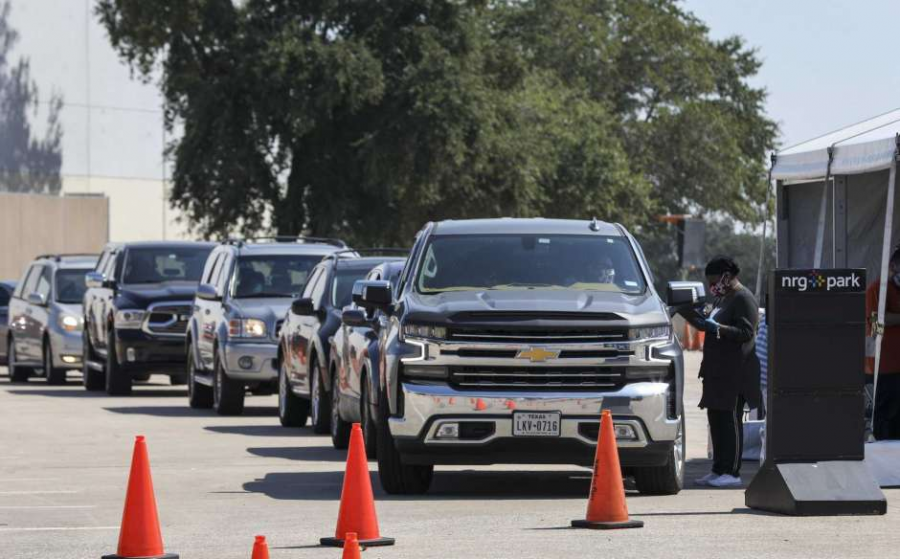Texas Supreme Court Upholds Limiting One Drop-Off Ballot Box for Harris County
Picture from https://www.houstonchronicle.com/news/article/Federal-judge-blocks-Abbott-order-that-shuttered-15635513.php
November 4, 2020
On Oct. 26, the Texas Supreme Court upheld Republican Governor Greg Abbott’s order limiting one ballot drop-off location per county amid the largest voter turnout in Texas history. This settles a month’s long battle to expand the number of drop-off boxes, which were especially needed for Harris County.
Back on Oct. 1, Governor Abbott limited the number of drop-off ballot boxes in Harris County from twelve to one. Being one of the largest counties in Texas, limiting ballot drop-off boxes in the middle of a pandemic made it challenging for some people to vote.
“If you look at Harris County, it’s 1,777 square miles, and there are 4.7 million people. You’re asking people that live really far away to drive into downtown,” said Ms. Tamara Sell, Middle School Learning Support Specialist at The Emery/Weiner School. “If you’re over 65 or disabled, the last thing you want to do is go drive in heavy downtown traffic.” In her free time, Sell volunteers to help register voters at Emery and in the community.
Governor Abbott’s reasoning for limiting the drop-off boxes was due to concerns around security. “The state of Texas has a duty to voters to maintain the integrity of our elections,” said Abbott. Gov. Abbott did not provide any further evidence to support his claims about potential voter fraud. Democratic representatives in Texas such as Harris County Judge Lina Hidalgo and Harris County Clerk Chris Hollins viewed Abbott’s ruling as simply a way to suppress votes.
On the week of Oct. 5, Federal Judge Robert Pitman overturned the order. Judge Pitman stated that the US Postal Service has many delays which creates doubt that mailed ballots would arrive in time for the election. Therefore, limiting the ballot drop-off locations would be harmful.
“It is apparent that closing ballot return centers at the last minute would cause confusion, especially when those centers were deemed safe, authorized, and, in fact, advertised as a convenient option just months ago,” Pitman said in defense of his ruling. Judge Pitman also agreed with the plaintiffs, civil rights groups, and some individuals, that fewer drop-box locations would put voters at increased risks of contracting COVID-19, which had already taken the lives of over 16,000 Texans.
On Oct. 12, a three-judge panel representing the federal appeals court, who were all previously appointed by President Donald Trump, supported Abbott’s original order by overturning Pitman’s ruling. They said the voters have had a longer time to vote than in the past and mailing a ballot is still an option.
“That effectively gives voters 40 extra days to hand-deliver a marked mail-in ballot to an early voting clerk, and the voter still has the traditional option she has always had for casting a mail-in ballot: mailing it,” said Judge Stuart Kyle Duncan.
Despite the belief that Abbott’s order was intended to suppress voting, early voting this year has been higher than ever before. Sell said, “We are seeing a high voter turnout right now. We almost met 2016 voter turnout with three days left [before early voting ends].”
At the end of early voting today, the count shows that more Texans have voted so far in than in the whole 2016 election. The demographics of the voters may also have shifted. As Sell said, “one in five voters have no voting history, and one in four of those voters are under 35. The under 30 vote is more than double what it was in 2016 percentage-wise.” Even though the millennial vote was not enough to turn Texas blue in the election, it is an important demographic that could impact the election and further elections to come.

